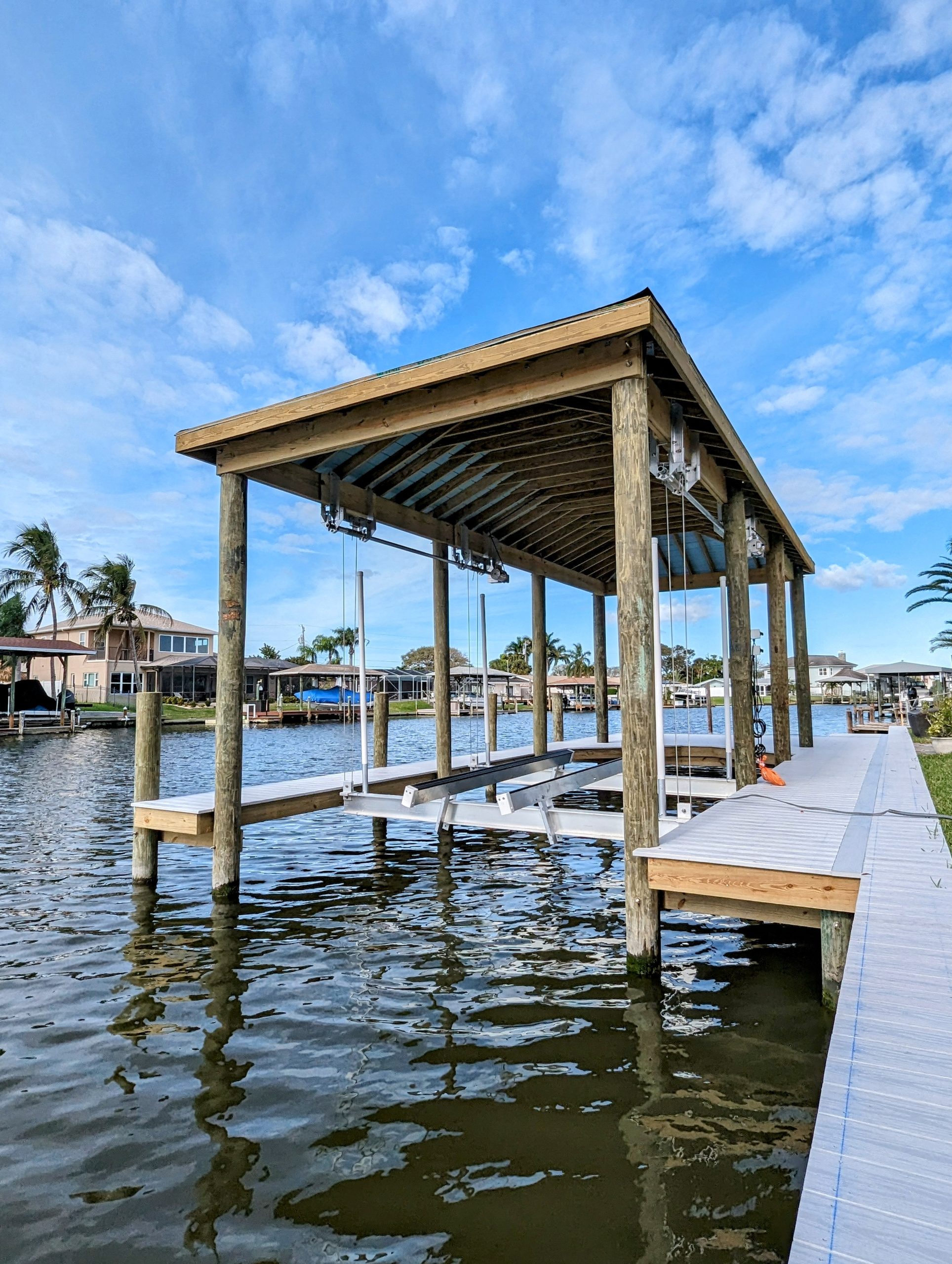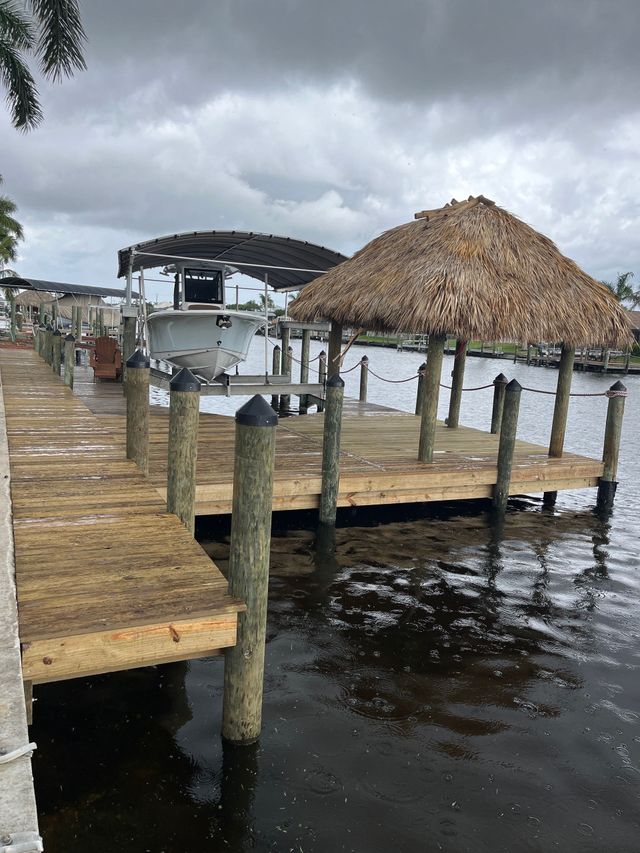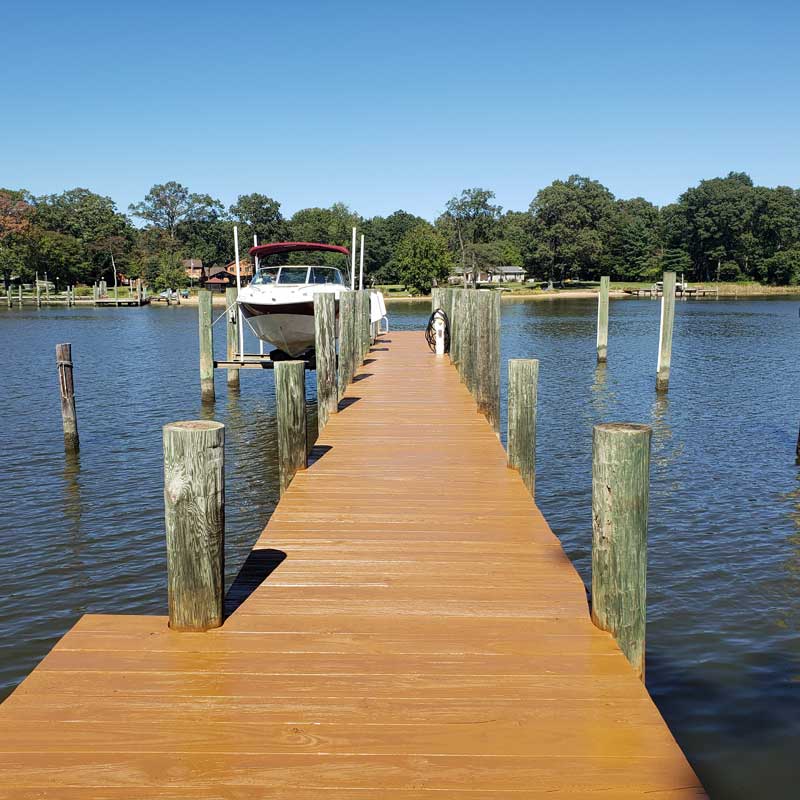Why Normal Maintenance Can Reduce Future Dock Repairs
Why Normal Maintenance Can Reduce Future Dock Repairs
Blog Article
Reliable Dock Repair Work Techniques: Making Sure Structural Stability
Making certain the architectural integrity of anchors through reliable repair service techniques is paramount for the longevity and safety and security of aquatic facilities. This includes a multi-faceted approach starting with detailed examinations using advanced modern technologies like finder devices and from another location ran automobiles (ROVs) to detect both noticeable and hid problems. Consequently, selecting the appropriate repair products, such as corrosion-resistant alloys and composite products, is critical for longevity. Architectural support methods, consisting of the implementation of cross-bracing systems and load-distribution plates, play a crucial function in mitigating stress and anxiety factors. However, the significance of these strategies ends up being apparent when discovering advanced repair service approaches and preventative upkeep techniques.
Evaluating Dock Damage
Examining dock damages is a critical first action in ensuring the architectural honesty and safety of any kind of docking center. Key elements to analyze consist of the dock's structure, pilings, decking, and hardware (Dock Repairs).
Structural designers or qualified examiners commonly perform these evaluations making use of specialized tools and techniques. Underwater evaluations could use sonar devices or from another location operated cars (ROVs) to find immersed damage. Over water, visual inspections are matched by using dampness meters and various other diagnostic tools to uncover underlying concerns not promptly noticeable to the nude eye.

Finding Repair Work Materials
Picking the suitable fixing products is an essential action in the dock repair process, one that directly influences the long life and efficiency of the fixed structure. Material selection should be driven by factors such as environmental conditions, load-bearing requirements, and compatibility with existing dock elements. Wood is a typical choice for docks due to its all-natural resilience and aesthetic charm. Nevertheless, choosing the best type of timber, such as pressure-treated lumber or naturally rot-resistant varieties like cedar or teak, is essential to endure aquatic settings.
In enhancement to wood, composite products are significantly popular due to their sturdiness and reduced maintenance requirements. Compounds, commonly made from a blend of plastic and timber fibers, use superb resistance to rot, insects, and UV damage. For steel docks, picking corrosion-resistant alloys such as galvanized steel or marine-grade aluminum is important to avoid rust and guarantee architectural stability in saline water conditions.
Epoxy resins and marine-grade sealants are vital for repairing fractures and securing joints, offering a waterproof barrier and enhancing the dock's total stamina. By meticulously choosing high-quality materials, dock fixings can accomplish long-lasting results, thus securing versus future degradation and ensuring safe, trusted usage.
Structural Support Methods
Reliable architectural reinforcement strategies are vital in making sure the security and durability of dock repair services. One fundamental approach entails making use of steel or composite reinforcement bars (rebar) within concrete structures. Rebar gives additional tensile stamina, preventing fractures and dispersing lots much more uniformly. This method is especially reliable for anchors subjected to hefty lots or severe environmental conditions.
An additional crucial method is the application of fiber-reinforced polymers (FRP) These products supply high strength-to-weight ratios and outstanding resistance to rust, making them suitable for strengthening wood or concrete docks. FRP can be applied in sheets or strips and bound with epoxy materials to improve structural honesty.
Supporting and securing systems also play a crucial function in architectural support. Cross-bracing, making use of steel or wood beam of lights, can neutralize side forces, decreasing persuading and motion. Anchoring systems, such as helical piers or driven heaps, provide a stable foundation by transferring loads to deeper, more stable soil layers.
Last but not least, the assimilation of load-distribution plates can help distribute weight much more uniformly across the dock's surface, minimizing local anxiety factors. These strategies collectively make certain that anchors stay robust and safe, capable of enduring the roughness of their operational atmosphere.
Advanced Repair Work Methods

One more advanced technique entails undersea welding, which permits for repair work to be performed without the need to dewater the location. This approach is particularly helpful for addressing structural problems in immersed dock components, making sure marginal disruption to procedures. Enhanced welding methods, combined with robotic systems, provide accuracy and integrity, thereby prolonging the life expectancy of the dock.
Furthermore, cathodic defense systems are applied to avoid deterioration in metal dock structures. By utilizing sacrificial anodes or satisfied existing systems, these strategies successfully alleviate the electrochemical processes that bring about material degeneration.
Finally, advanced surveillance technologies, such as structural wellness tracking (SHM) systems, give real-time information on the condition of dock structures. These systems make it possible for proactive maintenance and timely treatments, inevitably guaranteeing the long-term structural honesty of the dock.
Upkeep and Prevention
Upkeep and avoidance are essential ideas that underpin the long life and security of dock frameworks. Normal examinations are critical, enabling early discovery of damage, possible weaknesses, and environmental effects. An aggressive method, including routine checks for deterioration, rot, and architectural shifts, alleviates costly repair services and lengthens the dock's functional life.
Preventative actions should consist of applying safety finishings to metal parts to guard against rust and using cured timber to stand up to degeneration. In addition, making certain correct drainage and ventilation can stop water accumulation, which is visit their website an usual reason for structural deterioration. Integrating high quality materials and sticking to producer guidelines throughout construction and repair work phases additionally play important duties in boosting resilience.

Educating employees in dock maintenance ideal practices ensures consistent application of safety nets. Leveraging technical developments, such as drones for inspections and sensors for real-time monitoring, can better enhance maintenance initiatives. By focusing on maintenance and prevention, dock owners can make certain structural stability, operational safety and security, and cost-efficient management over the dock's life expectancy.
Conclusion
To conclude, keeping the architectural honesty of marine facilities demands detailed dock repair work techniques. Detailed inspections utilizing advanced tools reveal both noticeable and concealed problems, while the option of appropriate fixing materials enhances sturdiness. Implementing architectural support approaches addresses stress and anxiety factors efficiently. Advanced fixing strategies, coupled with normal upkeep practices, guarantee the dock stays safe and functional under varied ecological conditions. Taking on these strategies significantly prolongs the lifespan and performance of marine facilities.
Ensuring the architectural integrity of anchors with effective repair work methods is extremely important for the long life and safety of marine facilities.Selecting the suitable repair products is an essential action in the dock reconstruction process, one that straight influences the durability and efficiency of the repaired structure.Efficient architectural support methods are crucial in ensuring the security and durability of dock repair work. By prioritizing maintenance and prevention, dock owners can ensure architectural stability, functional safety and security, and affordable monitoring over the dock's life expectancy.
In conclusion, maintaining the structural integrity of aquatic centers necessitates thorough dock repair service methods.
Report this page